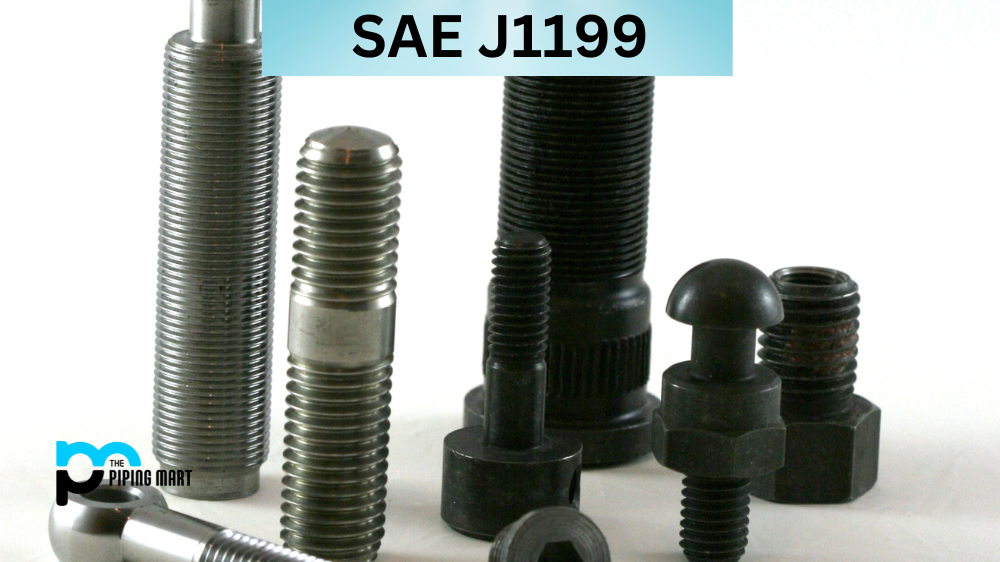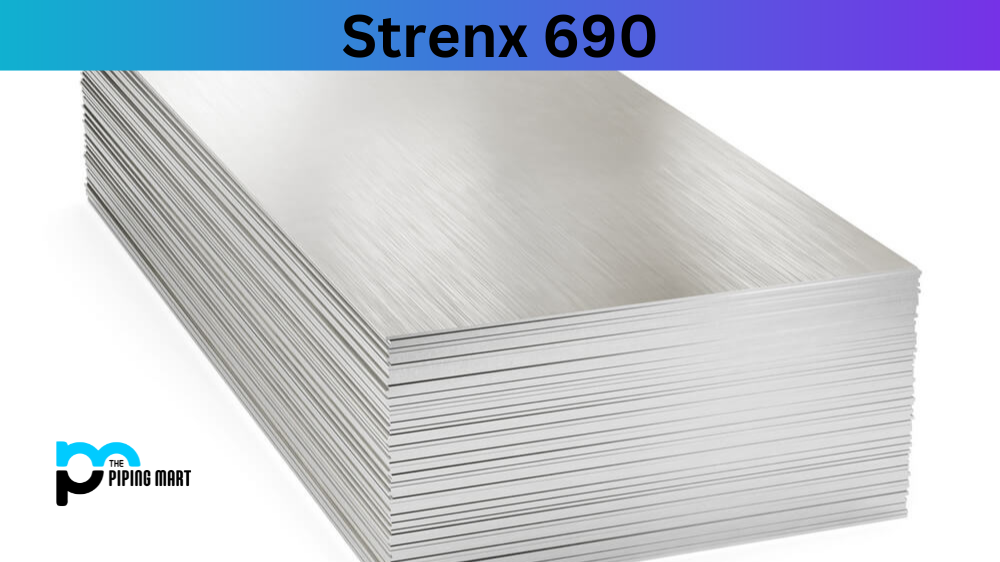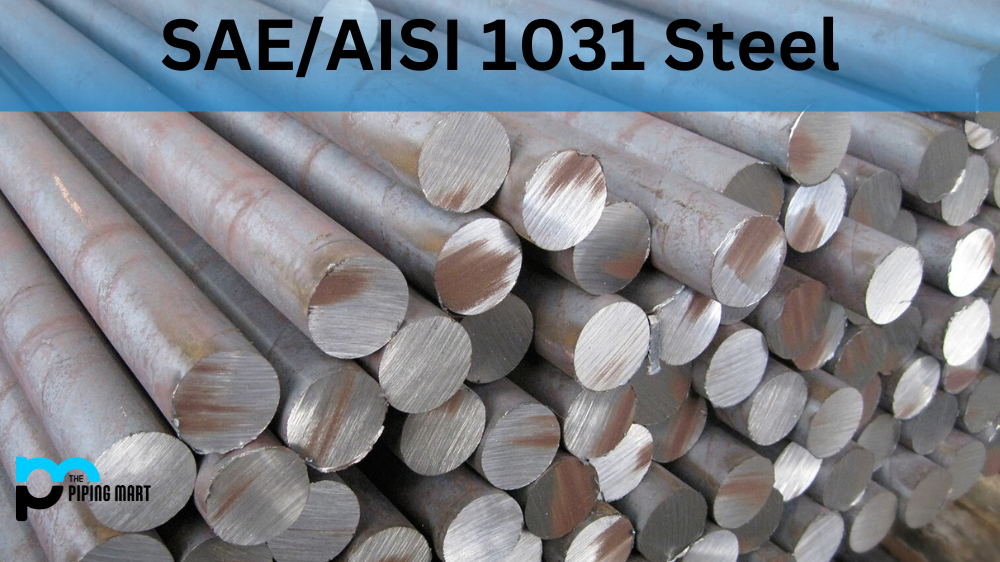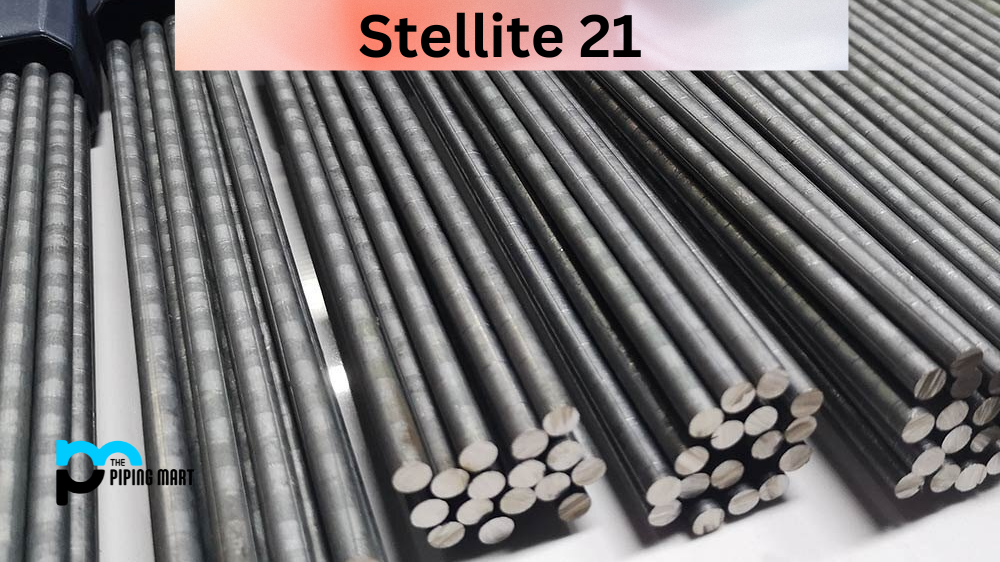SAE J1199 is widely used in various industries due to its excellent composition, mechanical and physical properties, and corrosion resistance. However, few people are familiar with this material and its applications. In this blog post, we’ll dive deep into the world of SAE J1199, exploring its composition, mechanical and physical properties, uses, heat treatment, machining, welding, and much more.
SAE J1199 Composition
SAE J1199 is a high-strength alloy steel with a low carbon content. It contains 1.25% chromium and 0.25% molybdenum, which gives it excellent creep strength and corrosion resistance. These elements also enhance the material’s toughness and wear resistance.
SAE J1199 Mechanical Properties
SAE J1199 is known for its outstanding mechanical properties, including high tensile strength, yield strength, and impact resistance. It has a minimum tensile strength of 1034 MPa and a minimum yield strength of 931 MPa. Its impact resistance is impressive, with a minimum Izod impact strength of 14 J/cm^2.
SAE J1199 Physical Properties
SAE J1199 has a density of 7.85 g/cm^3, nearly identical to most steels. Its thermal conductivity is around 42.7 W/(mK), while its specific heat capacity is approximately 460 J/(kg K). It also has excellent electrical conductivity, making it suitable for electrical applications.
SAE J1199 Uses
SAE J1199 is popularly used in various industries, including automotive, aerospace, and manufacturing. Due to its high strength, fatigue resistance, and corrosion resistance, it is commonly used in engine components, suspension systems, and other critical automotive parts. It also manufactures aircraft structural parts, gears, and shafts.
SAE J1199 Corrosion Resistance
SAE J1199 is highly resistant to corrosion due to chromium and molybdenum. These elements create a passive film that protects the material from further corrosion. However, it is essential to note that exposure to specific environments, such as high humidity and saltwater, can still cause corrosion in SAE J1199.
SAE J1199 Heat Treatment and Machining
SAE J1199 can undergo various heat treatment processes to improve its mechanical properties, such as normalizing and annealing. Machining this material can be challenging due to its high strength and hardness. Therefore, it is advisable to use high-quality cutting tools, avoid overheating, and use adequate cutting fluids to improve chip breakage.
SAE J1199 Welding
SAE J1199 can be challenging to weld due to its high alloy content, which makes it susceptible to cracking and porosity in the weld area. Welding requires precise settings, such as preheat and post-weld heat treatments, to reduce the risk of cracking and maintain the material’s corrosion resistance.
Conclusion
Understanding SAE J1199’s composition, mechanical and physical properties, uses, heat treatment, machining, and welding is essential in choosing the right material for your application. SAE J1199’s high strength, corrosion resistance, and toughness make it an ideal choice for automotive, aerospace, and manufacturing industries. However, its high alloy content requires special consideration during welding and machining. Therefore, it is essential to partner with experts in the industry to ensure optimal performance and longevity of your SAE J1199 components.
Meet Heer, a dynamic and driven writer learning tricks of her trade in the metal industry. With a background in Digital Marketing, Heer brings a unique perspective to her writing, sharing valuable insights. Apart from blogging she like reading and hiking.




